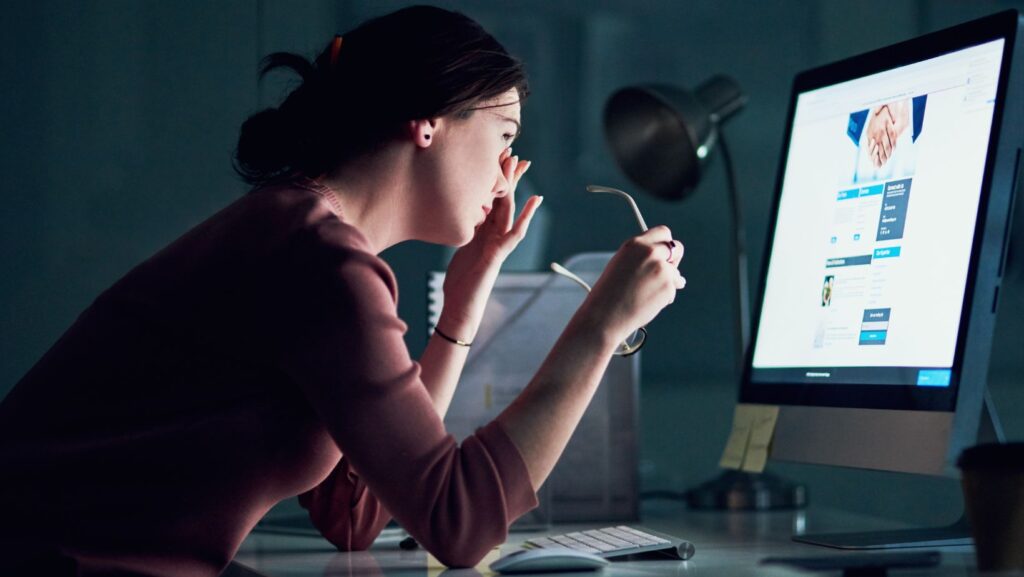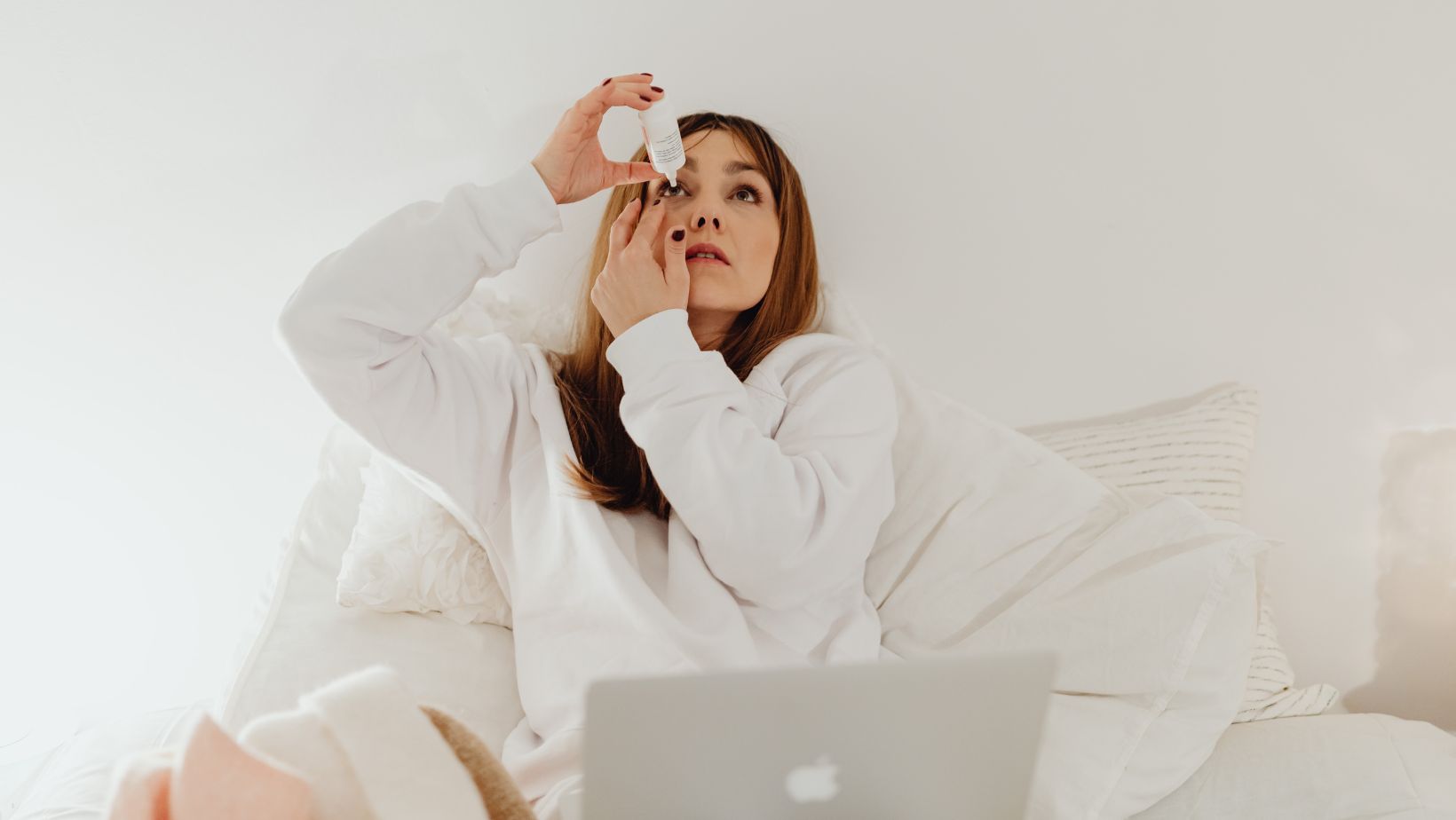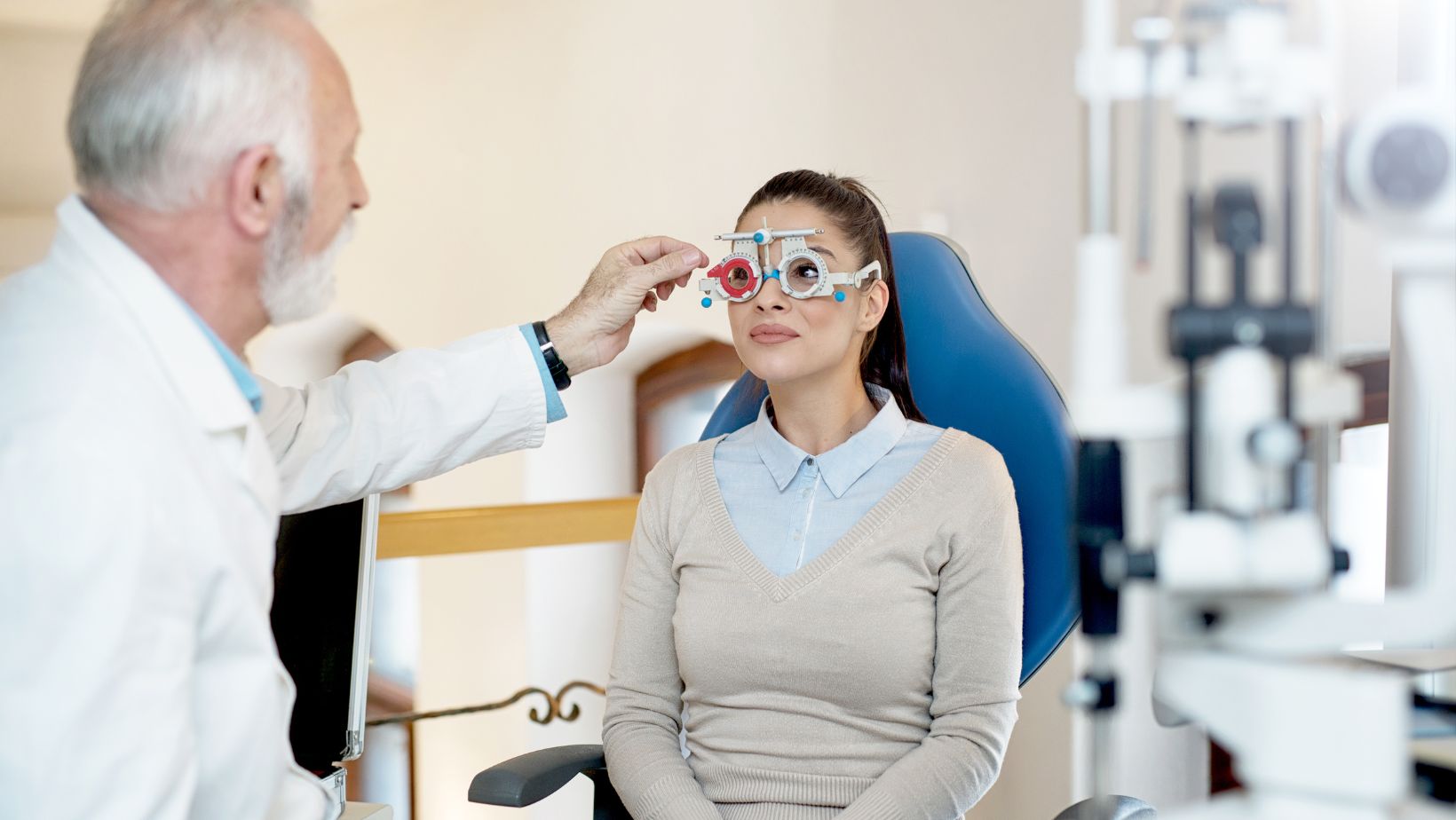
In today’s world, many of us spend hours in front of screens, whether it’s for work, entertainment, or communication. However, prolonged screen time can have a significant impact on your eye health, potentially leading to long-term issues. Let’s take a closer look at how this affects your eyes and what you can do to protect them.
The Effects of Prolonged Screen Time on Your Eyes
Spending too much time looking at digital screens may cause what is commonly known as digital eye strain. This condition is also referred to as computer vision syndrome. The more time you spend focusing on a screen, the more likely you are to experience symptoms such as:
- Dry eyes: staring at a screen often reduces your blink rate, which can cause dryness and discomfort.
- Eye fatigue: Constant screen use can lead to tired, aching eyes, making it harder to focus.
- Blurred vision: Long sessions of screen time might leave your eyes feeling blurry or unfocused.
- Headaches: staring at a screen without breaks can contribute to tension headaches.
These symptoms might be temporary, but if ignored, they could lead to more serious, long-term eye health problems.
How Lutein Benefits Your Eye Health
Lutein, a powerful antioxidant found in foods like leafy greens and eggs, is essential for eye health.

The lutein benefits include protecting the retina and reducing the risk of age-related macular degeneration (AMD). Regular consumption may also shield your eyes from the harmful effects of prolonged screen time by filtering blue light emitted from screens.
Managing the Impact of Screen Time
While it’s hard to avoid screens altogether in modern life, there are steps you can take to reduce the strain on your eyes. Some of the best ways you can manage the impact of screen time are the following:
1. The 20-20-20 Rule
Every 20 minutes, take a 20-second break and look at something 20 feet away. This simple rule can help your eyes relax and refocus.
2. Blink More Often
Consciously blink more frequently to keep your eyes moist and reduce dryness. Consider setting reminders if you often forget.
3. Adjust Your Screen Settings
Increase the font size and reduce screen brightness to make reading easier. You can also use blue light filters or apps to reduce the impact of blue light emitted by digital screens.
4. Maintain Proper Posture
Ensure your screen is positioned at eye level to reduce strain on your neck and eyes. Keep a comfortable distance from the screen, ideally 20 to 30 inches away.
5. Use Artificial Tears
If your eyes feel dry, using over-the-counter artificial tears can help keep them lubricated throughout the day.
Other Preventive Measures

In addition to managing screen time and maintaining a balanced lifestyle, it’s important to adopt other preventive measures to safeguard your eye health. Consider the following steps:
- Regular eye check-ups: visit an optometrist regularly to monitor any potential damage caused by prolonged screen time.
- Healthy diet: include more eye-friendly foods like carrots, spinach, and fish rich in omega-3s to help maintain your eye health.
Protecting Your Eyes for the Long Term
With the rise of digital technology, it’s more important than ever to take steps to protect your eye health. While prolonged screen time may be unavoidable, managing the strain it causes can prevent long-term issues.
By following simple steps like the 20-20-20 rule, adjusting your screen settings, and maintaining a balanced diet, you can help protect your eyes from the harmful effects of digital devices.
Lastly, always consult with your doctor before making any decisions about eye care or treatments. Don’t solely rely on the information posted online, as personal professional advice is essential.












